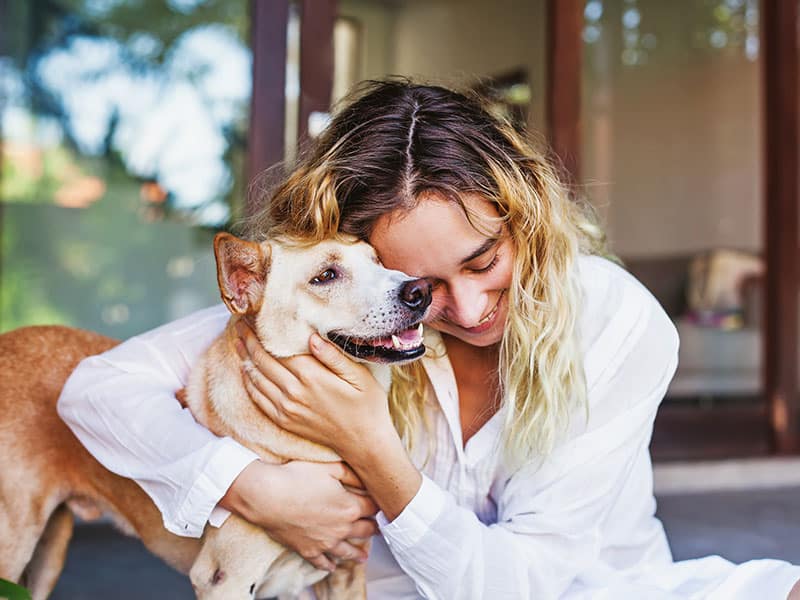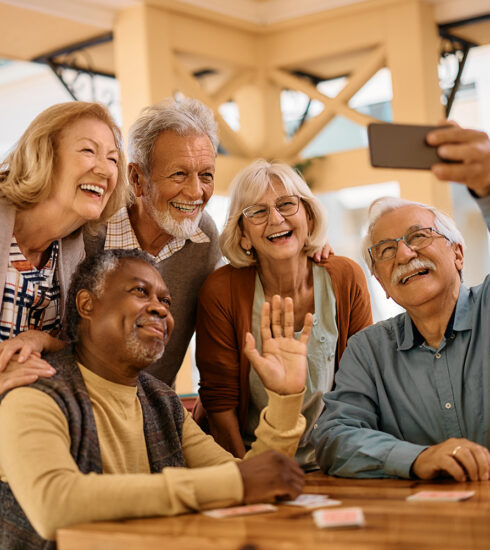The Incredible Bond Between Humans & Dogs
Dogs are one of the most popular pets worldwide, and our relationship with our canine pals goes back millennia.
So what is it about dogs that makes them such a longstanding and appealing companion for humans? Let’s take a look at this incredibly important interspecies partnership in more detail.
Building Domestic Bliss Together
There is a huge amount of history backing up the bond that exists between people and dogs, as they are thought to be among the first animals that ancient human communities managed to domesticate.
Estimates vary, but there is evidence to suggest that the domestication of dogs took place 40,000 years ago.
While scientists might argue over the exact period during which people and canines came together, there is little doubt over how this happened, and it all comes down to food. Wolves, from which all dogs are descended, would lurk around prehistoric human settlements to feed on the scraps left out by Neolithic man, and the friendlier of the beasts was tempted to stick around at some point, becoming tame and producing a new generation of increasingly-amenable offspring over several generations.
Perhaps most interestingly, experts suggest that there may have been just one instance of this domestication taking place, from which all of the pet dogs ultimately came. DNA records support this theory, so luck and fate were key factors in kick starting this unique relationship.
The Impact of Selective Breeding
Today, dogs are generally loyal, friendly and entirely trainable, to the point that they can provide significant benefits to humans, as service animals and emotional support animals. Being able to register for an emotional support animal gives plenty of us an effective and rewarding way to combat a variety of mental health issues, for example.
However, as hinted at above, the behaviors and personalities of modern dogs were not naturally occurring, but rather were selectively bred into the species. Wolves do not mix with humans as a rule, and so it no doubt took some time for ancient communities to breed loveable, pro-human pups.
Of course breeding in a fun-loving and affectionate streak was not the only thing humanity chose to do, as back then we needed dogs to be more than just another mouth to feed. Humans and dogs would work together, initially in order to hunt, and eventually to control livestock, once we had developed farming techniques and domesticated the species necessary for this.
Cooperation between people and dogs has led to specific traits and instincts, such as dogs being one of the few animals which understand what humans mean when they point, recognizing that this is done to draw attention to something in the distance, rather than the finger itself being the focus of their attention.
While selective breeding has arguably been taken too far in the recent past, to the point that several dog breeds have serious health issues due to the aesthetic tinkering of humans, the overarching story of this bond is a positive as well as a practical one.
The Modern Day Relationship
Humans and dogs have come a long way from the beginnings of their bond-forming back in the mists of time, and the benefits of modern society mean that we can now coexist with pups of all shapes and sizes without expecting them to do physical work to earn a place in our homes.
Of course in the 21st century, dogs still do work for people, but it is more about delivering companionship and general joy in daily life. Because of this, it is safe to say that the strength of the bond between us is stronger than ever.








